State of Mind
In the shadowy corridors of gaming, where neon lights flicker and tales of dystopia thrive, "State of Mind" carves its niche. This title, developed with a narrative that seems to owe much to cinematic giants like "Blade Runner," aims to stand apart with its unique story and aesthetic. Yet, does it manage to rise above its inspirations to deliver a memorable experience? Let’s dive deep into the futuristic Berlin of 2048 to uncover the essence of "State of Mind."
A Tale of Two Lives Intertwined
Our story opens with an evocative scene that immerses us in the world of Richard Nolan, who finds himself battling amnesia following a mishap. Shortly thereafter, we meet Adam, whose life appears markedly more tranquil. This point-and-click adventure masterfully intertwines the paths of these two individuals against a setting on the brink of a tech upheaval. While the plot brims with potential for mystery and suspense, it occasionally falls short of fully captivating the audience, a shortfall attributed mainly to its character development.
Visually Striking, Yet Mechanically Awkward
"State of Mind" truly stands out due to its exceptional visual design. The game adopts an unconventional low-poly aesthetic, rendering characters and settings with a sharp, geometric flair that intriguingly contrasts the grimy dystopian backdrop. Nevertheless, this visual appeal is somewhat undermined by awkward navigation controls and a camera mechanism that fails to smoothly track the gameplay, rendering the exploration aspect more challenging than necessary.
Dialogues and Character Depth: A Missed Opportunity
As we navigate through Richard’s and Adam’s worlds, the interactions with other characters often lack depth, with dialogue feeling uninspired and monotonous. This detracts from the player's ability to fully connect with the storyline and its protagonists. Richard and Adam, despite their central roles, fail to evoke empathy due to their one-dimensional portrayal, leaving much to be desired in terms of character development.
The Dystopian Themes That Almost Were
Where "State of Mind" shows potential is in its exploration of transhumanism and the ethical dilemmas posed by technological advancement. The game touches upon compelling themes, hinting at a society on the brink of either transcendence or destruction. However, these themes never truly reach their full impact, partly because the characters driving these narratives lack the necessary depth to make their struggles resonate with the player.
Conclusion: A Beautiful Vision Hindered by Execution
In the end, "State of Mind" presents a mixed bag. Its ambition and art style are commendable, offering glimpses into a richly crafted world filled with potential. Yet, the game falls short of realizing this potential fully, hampered by its gameplay mechanics, underdeveloped characters, and sometimes glitchy audio. It's a journey worth taking for those captivated by its aesthetic and thematic aspirations, but one that might leave players wanting more from the experience.
Pros:
- Unique, visually striking low-poly art style.
- Interesting themes exploring transhumanism and technological ethics.
- Cinematic storytelling that promises intrigue.
Cons:
- Cumbersome movement controls and awkward camera angles.
- Lack of depth in character development and dialogue.
- Technical issues, including sound glitches, detract from the immersive experience.
To download the app, you will get links to the Official Website and/or official digital markets.
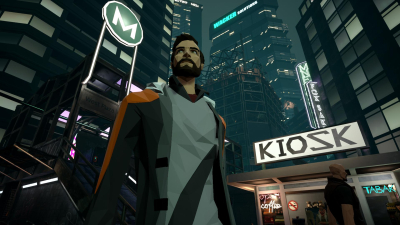
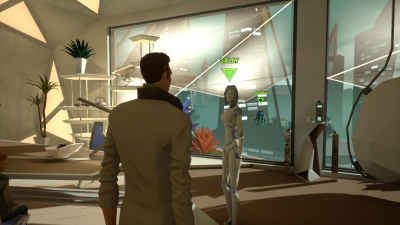
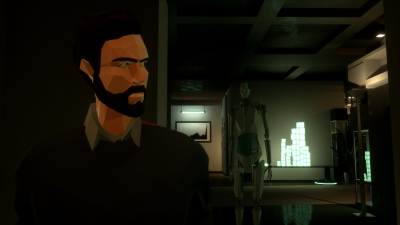
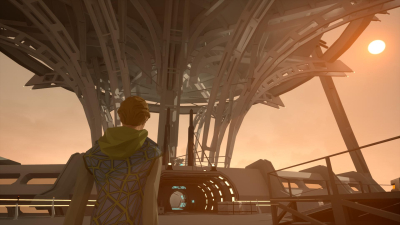
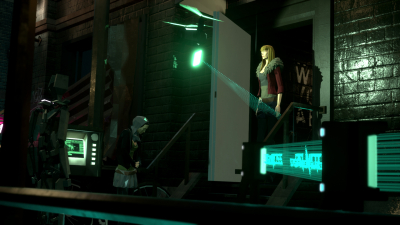
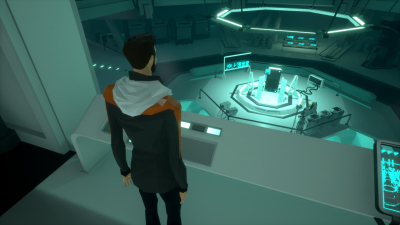
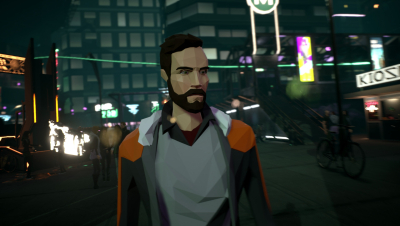
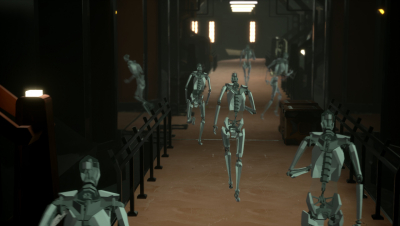
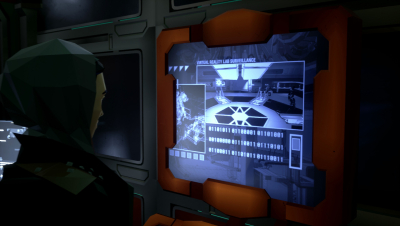
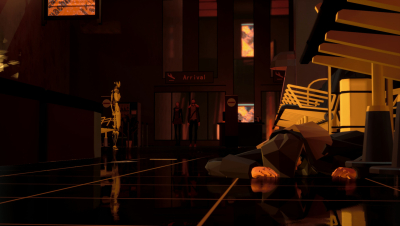
Latest Reviews
Latest Articles
- Sonic Racing: CrossWorlds – A Race Through Discounts, Dynamics, and Crossover Adventures Sonic Racing: CrossWorlds finds itself at the center of a vibrant promotion that not only brings fans value through pricing adjustments but also offers a... Grace Hall Dec 08, 2025 Read more
- Retro Grid Unleashed: The Pixelated Odyssey The forthcoming pixelated adventure offers an imaginative mix of retrofuturism and visionary storytelling. Its unique style recalls classic 1980s science fiction, blending a distinctive visual... Daniel Garcia Dec 08, 2025 Read more
- A Bold New Vision: Live-Action Meets Animation in November 2028 This update delves into the upcoming live-action adaptation centered on a famous franchise. The production promises a unique approach by combining live-action with animation elements,... Daniel Garcia Dec 08, 2025 Read more
- Game-Changing 27-Inch Monitor: Premium Performance at an Unbeatable Price The current wave of gaming technology constantly brings enticing opportunities for enthusiasts searching for high-quality gear at a remarkable price. Recently, a striking deal on... Grace Hall Nov 22, 2025 Read more





















